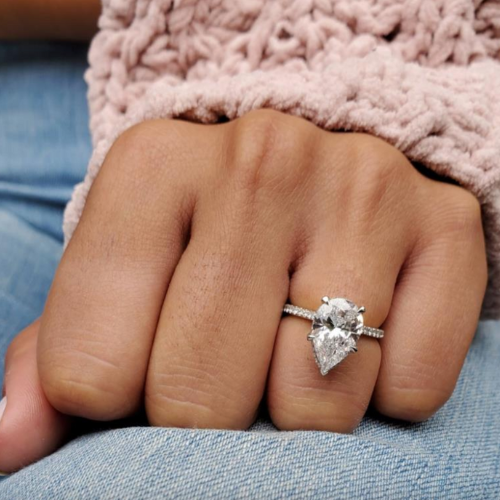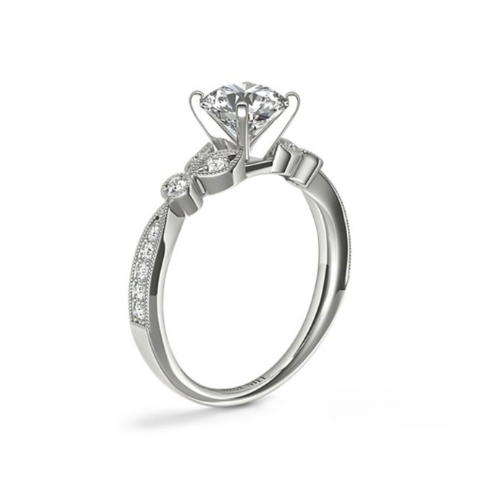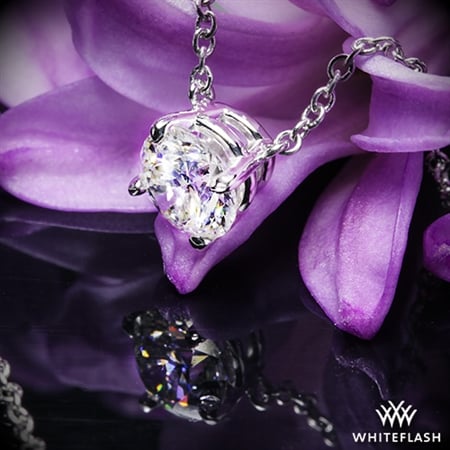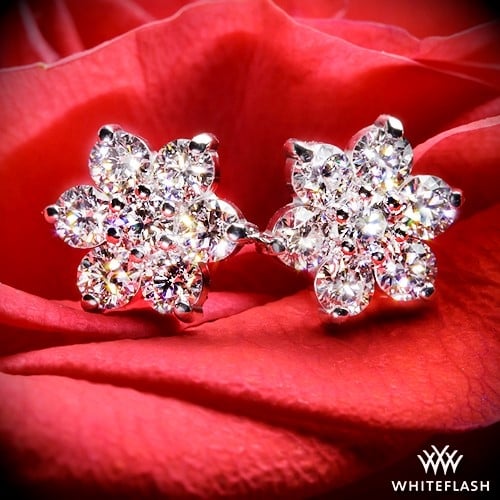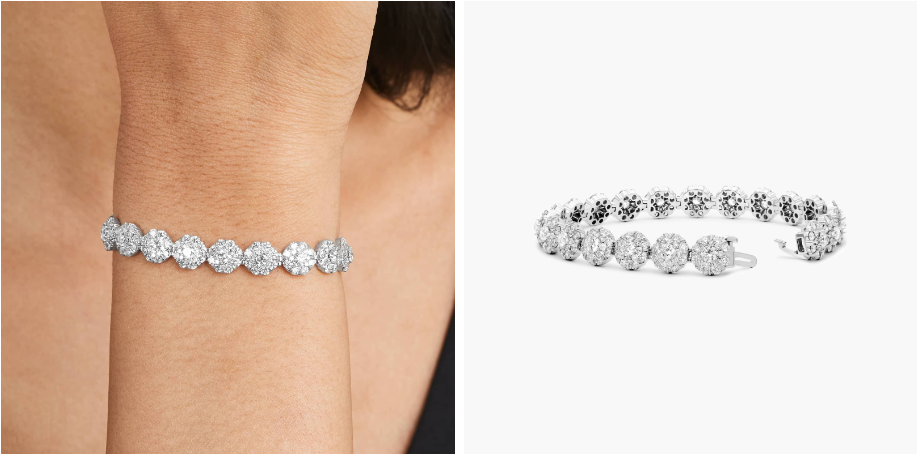When we think of precious metals, the shimmering allure of gold often takes center stage. But within the realm of gold, there exists a fascinating variation known as “white gold.” Unlike its yellow counterpart, white gold is not a naturally occurring metal that can be mined in its pure form. Instead, it is a captivating creation of human ingenuity, meticulously crafted by blending pure yellow gold with other precious metals such as palladium, platinum, and silver. This educational article unpacks white gold, helping us to better understand its composition, properties, and the reasons behind its enduring popularity in the world of jewelry and beyond.
Historical Significance and Origin of White Gold
The history of white gold is a tale that intertwines science, craftsmanship, and the ever-evolving tastes of society. While white gold jewelry may seem like a modern trend, its roots can be traced back to the early 20th century when jewelers and metallurgists began experimenting with alloys to achieve a new aesthetic.
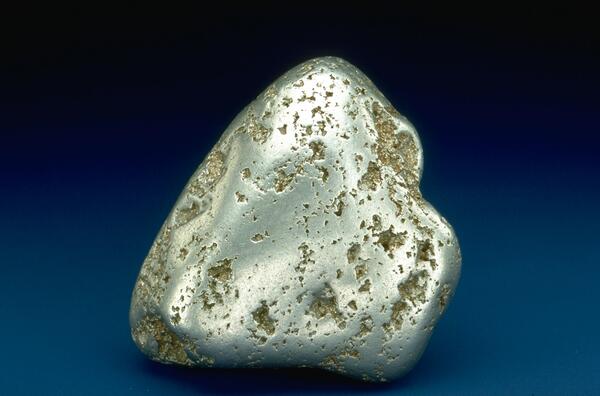
The Emergence of White Gold: Before the 20th century, yellow gold reigned supreme in the world of jewelry. However, there was a growing desire for a more subtle, silver-like appearance. This demand for a paler and more elegant metal led to the development of white gold.
The Role of Alloys: To create white gold, jewelers needed to modify the color of pure yellow gold, which has a distinct warm hue. This was achieved by blending it with other metals, such as palladium, platinum, and silver. These alloys not only lightened the color but also added durability and strength to the metal.
Early Experiments: One of the pioneers in the development of white gold was Karl Richter, a German jeweler, who patented a white gold alloy in 1912. Richter’s alloy consisted of gold, nickel, and copper and marked the beginning of white gold’s journey into mainstream jewelry.
The Influence of World War II: World War II played a significant role in the popularity of white gold. During the war, platinum was designated as a strategic metal and largely reserved for military applications. This scarcity of platinum led to an increased use of white gold in jewelry, further solidifying its presence in the market.
Post-War Popularity: After World War II, white gold continued to gain popularity, especially in engagement rings and wedding bands. Its versatility, durability, and compatibility with diamonds and other gemstones made it a preferred choice for many couples.
Contemporary White Gold: Today, white gold remains a beloved choice in the world of fine jewelry. Its timeless elegance and compatibility with various gemstones have kept it in high demand. Jewelers continue to refine their alloy formulas to strike the perfect balance between color, durability, and purity.
White gold’s historical significance lies in its ability to meet changing aesthetic preferences while maintaining the preciousness and durability associated with traditional yellow gold. Its journey from experimental alloys to a cherished choice in jewelry showcases the dynamic relationship between craftsmanship, science, and consumer tastes. As we continue to unpack white gold, we will dive into its composition, properties, and the artistry involved in crafting exquisite jewelry pieces from this remarkable alloy.
In search of white gold jewelry to complement your collection? Explore PriceScope's jewelry search tool for a wide range of jewelry that suit your style and budget. Find Jewelry
Why Alloy Metals are Added to White Gold Jewelry
The incorporation of alloy metals into white gold jewelry serves two essential purposes, each contributing to the metal’s distinct characteristics and suitability for crafting exquisite pieces. Let’s delve deeper into the reasons behind the addition of alloy metals to white gold.
Color Transformation: White gold’s most distinguishing feature is its silvery-white appearance, which sets it apart from traditional yellow gold. To achieve this coveted color transformation, jewelry artisans turn to alloy metals. White gold begins as pure yellow gold, but its color is altered by blending it with small quantities of precious metals known for their silvery-white hues. These alloy metals, which often include platinum, palladium, and silver, lend their coloration to the final product, creating the characteristic brilliance of white gold.
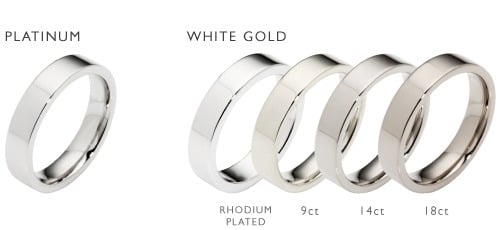
Image Source: Déonne Le Roux
Enhanced Durability: Pure gold, in its natural state, is inherently soft and malleable. While its softness is advantageous for intricate craftsmanship, it poses a challenge when designing jewelry intended for everyday wear, such as rings and bracelets. To address this concern, alloy metals are added to gold, regardless of whether it’s yellow, rose, or white gold. These alloy metals fortify the gold, significantly increasing its durability and strength. The resulting white gold jewelry becomes more resistant to scratches, dents, and bending, making it suitable for enduring daily wear and maintaining its stunning appearance over time.
Alloy metals play a dual role in the creation of white gold jewelry. Firstly, they impart the characteristic silvery-white color that distinguishes white gold from its yellow counterpart. Secondly, they reinforce the inherent softness of pure gold, ensuring that white gold jewelry maintains its structural integrity and resists damage during everyday use. This delicate balance between color enhancement and durability enhancement is a testament to the artistry and science behind the creation of white gold, making it a beloved choice for crafting stunning and enduring jewelry pieces.
Broaden Your Jewelry Knowledge: Explore the world of diamonds and jewelry with PriceScope's extensive education resources. Learn about the 4Cs, diamond shapes, gemstone choices, and more to make informed decisions.
Why White Gold Eventually Takes on a Yellow Hue
White gold jewelry‘s initial allure lies in its striking silvery-white appearance, which distinguishes it from traditional yellow gold. However, over time, you may notice that your once-pristine white gold jewelry begins to exhibit a yellowish tint. This transformation is a natural occurrence and can be attributed to a few key factors.
Rhodium Plating: Most white gold jewelry is rhodium plated to enhance its whiteness and provide a brilliant, mirror-like finish. Rhodium is a precious metal that belongs to the platinum group and is highly reflective and resistant to corrosion. When white gold jewelry is first created, it undergoes a rhodium plating process to achieve its lustrous appearance. This thin layer of rhodium creates a barrier between the underlying white gold and the surrounding environment.
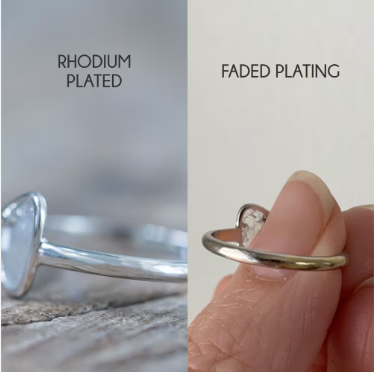
Image Source: Garden of the Sun
Wear and Tear: Despite its initial rhodium plating, white gold jewelry is not immune to the effects of wear and tear. Over time, daily activities and contact with various substances, including toiletries, household chemicals, and even the pH level of your skin, can gradually wear away the rhodium layer. As the rhodium coating diminishes, the natural color of the white gold, which tends to have a slightly yellowish tint, becomes more apparent.
Restoration: The good news is that the transformation of white gold into a yellowish hue is a reversible process. To restore your white gold jewelry to its original brilliance, you can seek the expertise of a jeweler. They can easily reapply a fresh layer of rhodium plating to your jewelry, revitalizing its silvery-white appearance. This process is known as rhodium plating or rhodium recoating.
Maintenance: The frequency of rhodium recoating depends on various factors, including how often you wear your jewelry and the specific environmental conditions it encounters. Some individuals may need to recoat their jewelry more frequently than others. Fortunately, rhodium recoating is a straightforward and cost-effective procedure, allowing you to maintain the pristine look of your white gold jewelry without significant expense.
The gradual shift of white gold jewelry from a silvery-white to a yellowish hue is a natural consequence of wear and tear on the rhodium plating. This transformation is reversible through the simple process of rhodium recoating, which can be performed by a jeweler. By understanding the factors contributing to this change and taking proactive steps to maintain your jewelry, you can enjoy the enduring beauty of white gold for years to come.
Engage with fellow jewelry enthusiasts and experts in PriceScope's vibrant online community. Share your passion, seek advice, and stay up-to-date with the latest trends and discussions. Join the Community
Care and Maintenance
Proper care and maintenance are essential to preserve the beauty and longevity of your white gold jewelry. To keep your pieces looking their best, follow these guidelines:
- Store your jewelry separately to prevent scratches and tangling.
- Avoid exposing white gold to harsh chemicals, as they can damage both the metal and gemstones.
- Remove your jewelry when swimming or engaging in activities that might expose it to chemicals or abrasions.
- Regularly clean your white gold jewelry using a mild detergent and a soft brush, gently scrubbing away dirt and oils.
- Lastly, consider periodic rhodium recoating to maintain its silvery-white appearance. With diligent care, your white gold jewelry can continue to shine brilliantly for generations to come.
Advantages of White Gold
- Elegant Appearance: White gold exudes a luxurious and sophisticated look, akin to platinum and silver, making it a popular choice for fine jewelry.
- Affordability: Compared to platinum, white gold is more budget-friendly, allowing individuals to enjoy the look of a precious metal without the premium price tag.
- Durability: White gold is harder and more durable than pure silver, ensuring that your jewelry remains in excellent condition with everyday wear.
- Timeless Aesthetic: Its silvery-white hue complements a wide range of styles and outfits, making it suitable for both casual and formal occasions.
- Compatibility with All Skin Tones: White gold’s neutral color complements various skin tones, ensuring that it looks flattering on anyone who wears it.
- Versatility: White gold pairs seamlessly with a variety of gemstones, allowing for endless design possibilities in jewelry creation.
- Resilience: White gold jewelry is less prone to tarnishing compared to silver, requiring less frequent maintenance to maintain its shine.
- Customization: Jewelers can easily manipulate white gold to create intricate and personalized designs, making it a versatile choice for custom-made pieces.
- Longevity: With proper care and occasional rhodium recoating, white gold jewelry can retain its silvery-white brilliance for generations.
The advantages of white gold lie in its timeless beauty, affordability, durability, and versatility. Whether you’re looking for a classic engagement ring, an elegant necklace, or a personalized piece of jewelry, white gold offers a compelling combination of aesthetics and practicality.
Disadvantages of White Gold
- Rhodium Plating Maintenance: White gold jewelry is typically rhodium plated to achieve its silvery-white appearance. Over time, the rhodium coating can wear off, requiring periodic and relatively inexpensive recoating by a jeweler to maintain the desired color.
- Allergic Reactions: Some individuals may experience allergic reactions to the alloys used in white gold, particularly if they have sensitivities to nickel, which is a common component in white gold alloys. Choosing nickel-free white gold or an alternative metal may be necessary for those with allergies.
- Not Truly White: While white gold is known for its silvery-white appearance, it may not be as white as platinum or some other metals. The natural color of white gold has a subtle yellowish undertone that may become more apparent if the rhodium plating wears off.
- Initial Cost: Although more affordable than platinum, white gold can still have a higher initial cost compared to other metals like yellow gold. The price difference is primarily due to the alloys used to achieve its color and properties.
- Maintenance Requirement: Regular cleaning and recoating with rhodium are necessary to keep white gold looking its best, which can be seen as an added responsibility for those who prefer low-maintenance jewelry.
- Less Durable than Platinum: While white gold is more durable than pure silver, it is not as scratch-resistant or durable as platinum, which may lead to visible wear and tear over time, especially for jewelry worn daily.
- Environmental Concerns: The process of refining and plating white gold can have environmental impacts, as it often involves the use of chemicals and resources.
The disadvantages of white gold primarily revolve around the maintenance required to preserve its appearance and potential issues related to allergies and color. However, many individuals find that the benefits of white gold, such as its elegant appearance and affordability, outweigh these drawbacks, making it a popular choice for various types of jewelry.
Looking for the perfect diamond to pair with your white gold jewelry? Check out PriceScope's comprehensive natural and lab-grown diamond search tool for a curated selection of loose diamonds. Explore Diamonds
Popular uses for White Gold Jewelry
White gold’s versatility and timeless appeal make it a popular choice for a wide range of jewelry types. Commonly, you’ll find it used in the creation of rings, including engagement rings and wedding bands, where its durability and elegant appearance shine. White gold necklaces and pendants also make a significant portion of the jewelry market, offering a stunning backdrop for various gemstones or intricate designs. Bracelets, earrings, and even watches often feature white gold elements, showcasing its adaptability and ability to complement various styles. Trusted vendors like Whiteflash, James Allen, and Blue Nile, along with Adiamor, offer an array of exquisite white gold jewelry pieces, allowing customers to explore and select the perfect expression of their style and sentiment. Whether it’s a symbol of love, a fashion statement, or a cherished heirloom, white gold’s popularity endures in the world of fine jewelry.
Ready to embark on your diamond-buying journey? The elite brands offered by our vetted vendors like Whiteflash A CUT ABOVE®, Astor by Blue Nile™, and JamesAllen.com True Hearts™ are collections of diamonds with superior cut quality.
Final Thoughts
White gold stands as a captivating and versatile choice in the world of fine jewelry. Its alluring silvery-white appearance, affordability compared to platinum, and compatibility with various gemstones make it a favored option for those seeking timeless elegance. While it possesses notable advantages such as durability and versatility, white gold does come with maintenance considerations, primarily the periodic need for rhodium recoating.
When it comes to acquiring exceptional white gold jewelry, reputable vendors like Whiteflash, James Allen, and Blue Nile, who are known for their commitment to quality and craftsmanship, offer a range of exquisite options. These vendors, along with platforms like PriceScope, enable customers to explore and select jewelry pieces that resonate with their style and preferences. Whether it’s an engagement ring symbolizing love and commitment or an elegant necklace to adorn a special occasion, white gold’s enduring popularity ensures its place as a cherished and timeless choice for discerning jewelry enthusiasts. With proper care and the expertise of trusted vendors, white gold jewelry can continue to shine brilliantly and become treasured heirlooms for generations to come.

